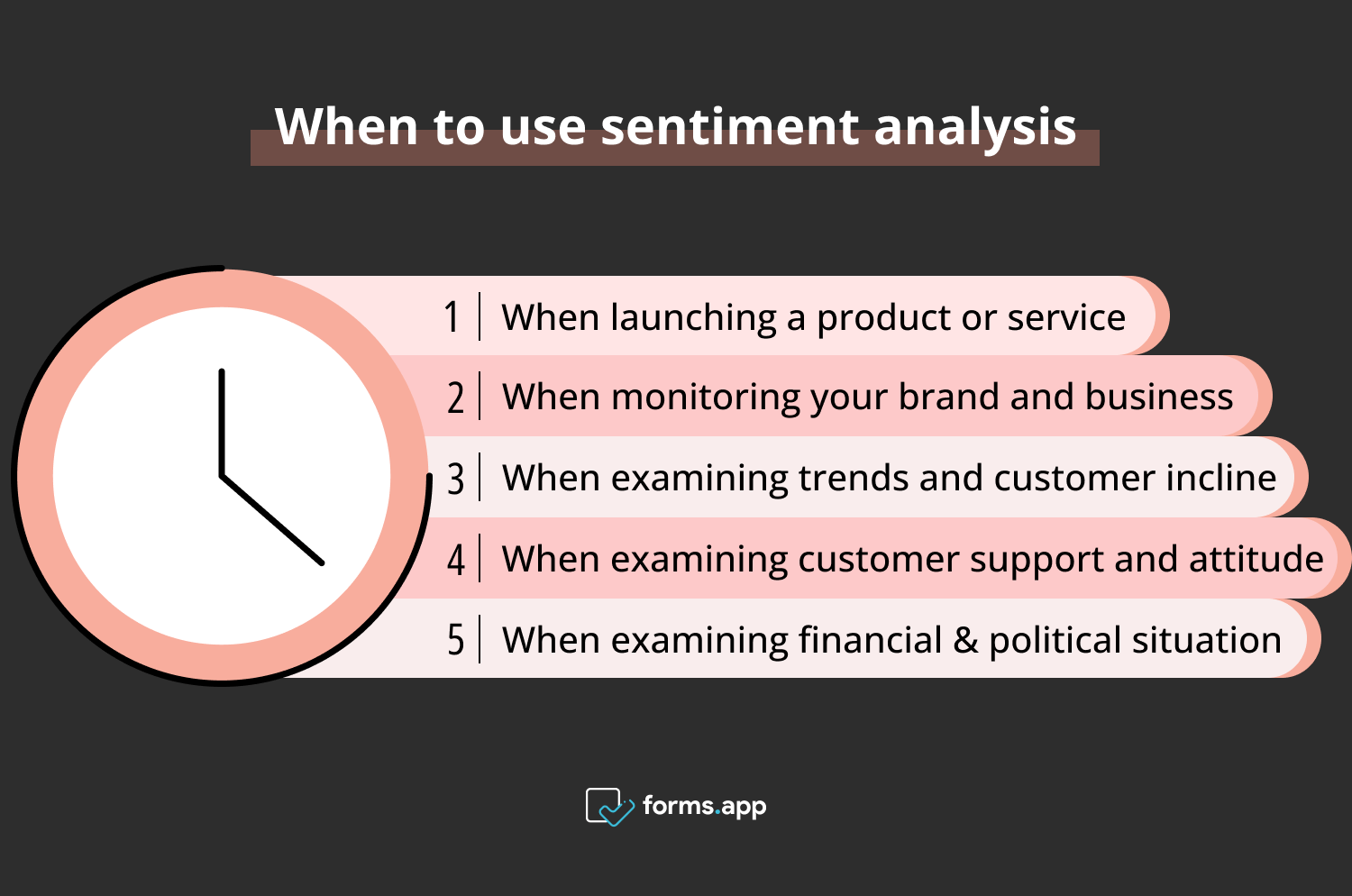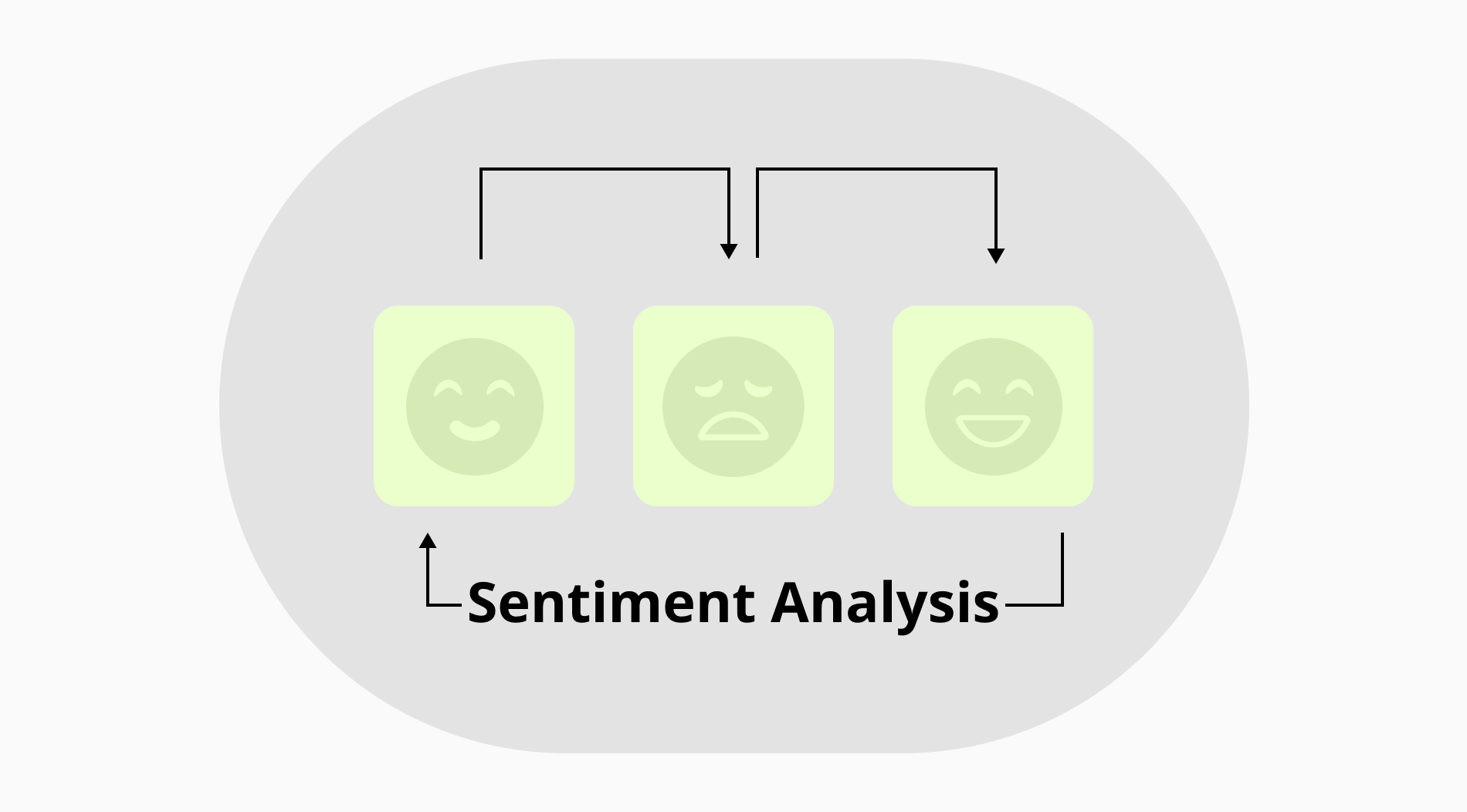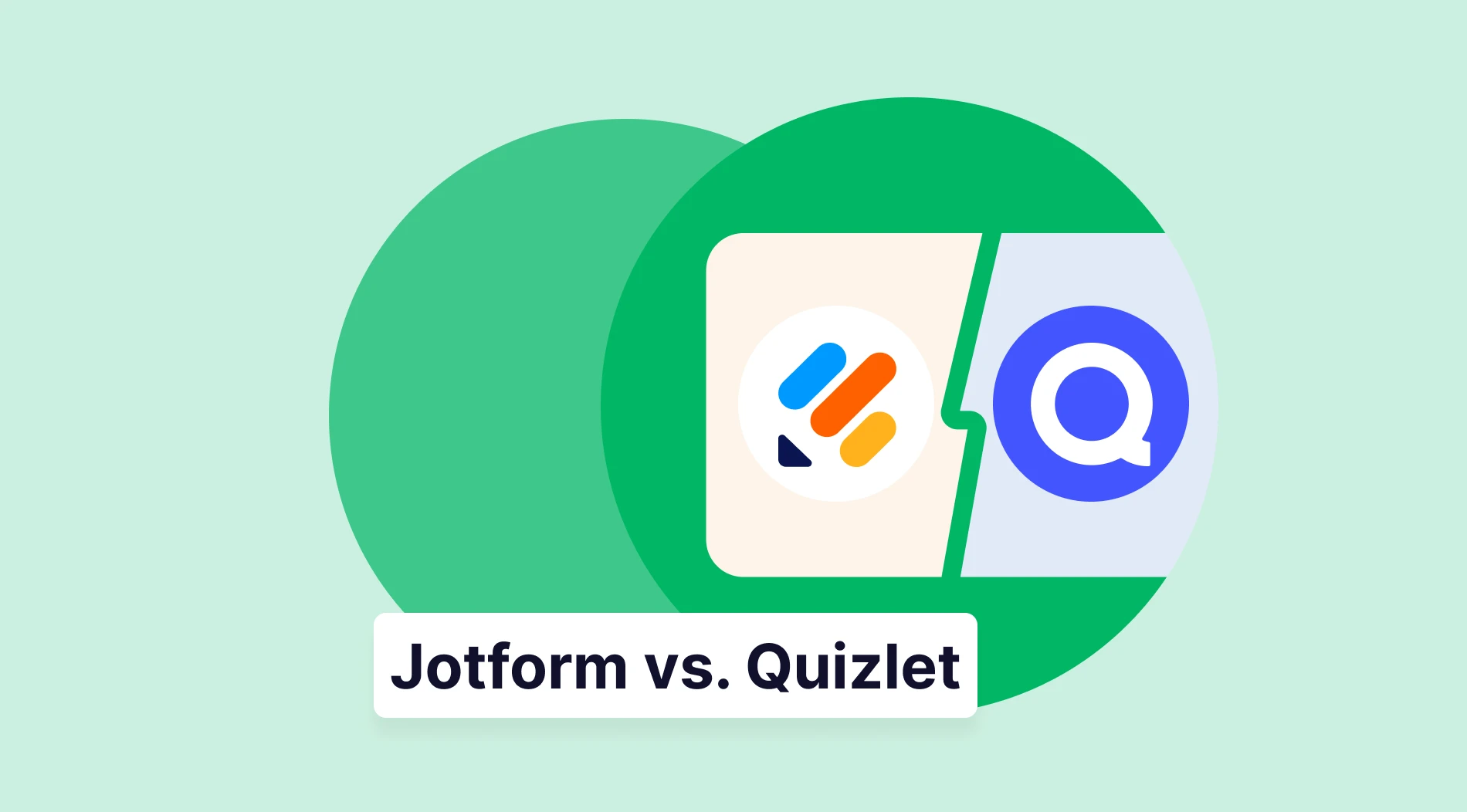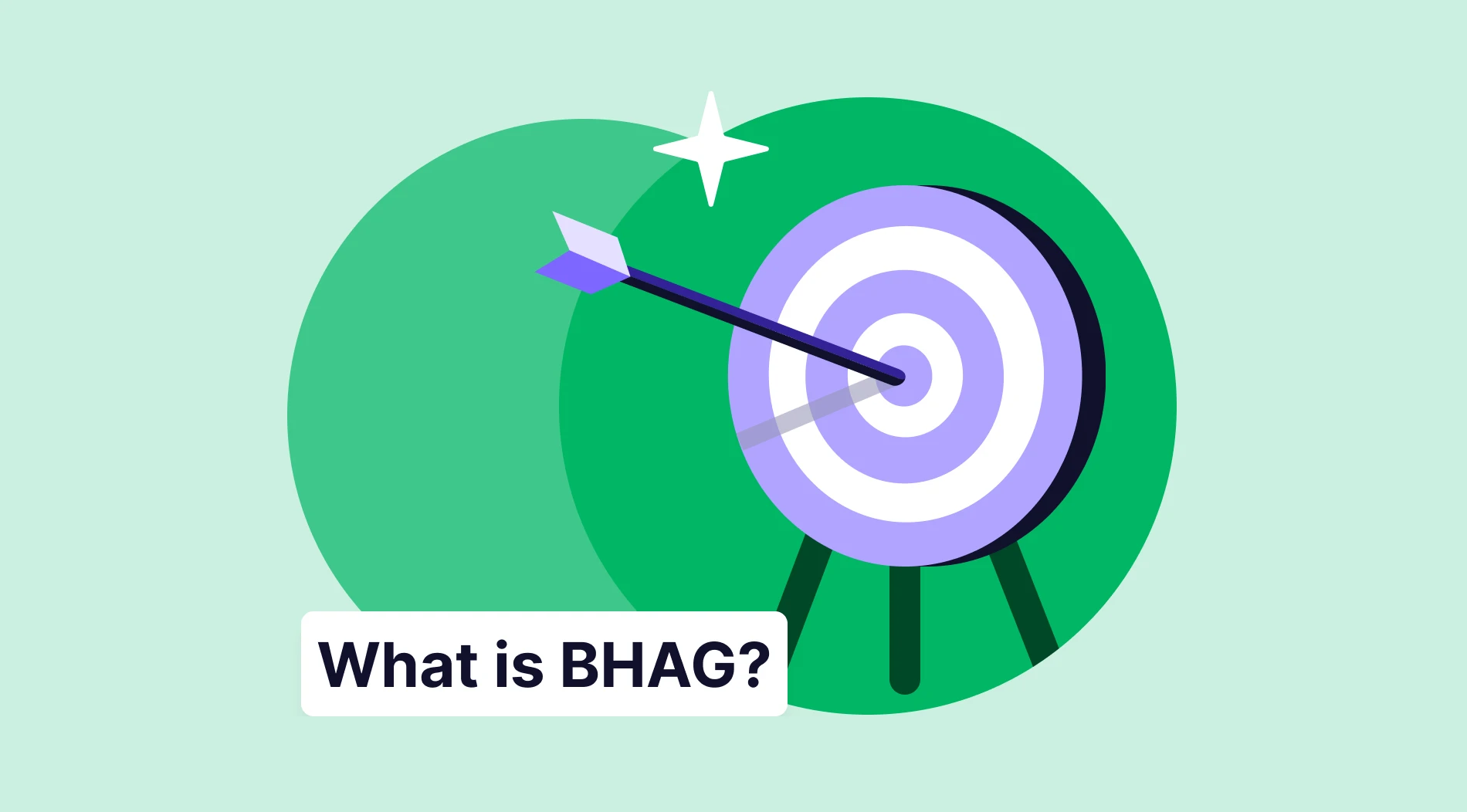In today's business world, where feedback from customers is so important, it is especially crucial to understand their feelings and opinions. Every word your customers use as feedback is a gold mine for you. All you need to do is collect these feelings and thoughts from the public and take the customer experience to the next level with sentiment analysis.
This article will start with the definition of sentiment analysis. It will tell you why and when you can use it. It will introduce you to the most common usage methods and conclude with examples at the end. Don't wait any longer, and start reading to learn more.
First things first: What is a sentiment analysis?
Sentiment analysis is a human language processing method used to detect positive, negative, or neutral opinions, emotions, or attitudes in any text.
It analyzes and categorizes words, sentences, or even emojis. It provides businesses with valuable information and insights into understanding market trends, customer feedback, and brand reputation. It is an excellent analysis method that provides practical, data-driven results that any business uses to strengthen its brand.
Why use sentiment analysis?
Can you use any tool, product, or service without knowing why you are using it? The answer is a big no. You need to understand the purposes of sentiment analysis and why you should use its techniques. It has already been mentioned that businesses generally improve their businesses through customer feedback. Now, the different reasons will be presented to you:
✅Sentiment analysis can be used to respond to real-time problems quickly. Are your customers unhappy with you or want to churn for any reason? When they convey this to you on social media, on your website, or via e-mail, you can immediately classify and analyze this data and take appropriate action.
✅Now, it is the age of technology and artificial intelligence. You don't have to spend hours or days reading surveys and customer comments like you used to. Because these manual processes negatively affect your time and, indirectly, your business. Instead, you can now process tons of unsorted raw data quite effectively using analysis tools and programs.
✅Another benefit of technology is that it enables an objective and consistent analysis. Although researchers try to act objectively and work professionally, the possibility of making mistakes is high. This is especially the case in texts where subjectivity is intense and people express their feelings.
Remember that when people conduct an analysis, different results may come from many different researchers, but you will get more accurate and better results with a centralized sentiment analysis system. Many analysis programs will help you with this.
When to use sentiment analysis
The answer to this question is actually quite simple: When you just need it. However, you need to pay attention to what exactly you need and whether it matches the sentiment analysis. Because sometimes, a type of analysis that is more suitable for your purpose will be more useful to you.
For example, you can use bivariate analysis when examining variables related to a product or situational analysis if you want to examine your financial situation in general. Now, here are a few examples of when you can use sentiment analysis:

Right times to use sentiment analysis
⏰When launching a product or service
You can collect consumers' reactions to new products and services from various social media channels or through surveys. Based on this data, you can decide whether you have had a successful launch or whether to stop the launch.
⏰When monitoring your brand and business
In particular, researchers who do this work constantly classify online mentions and create a dataset. This is very important because it allows you to immediately intervene when there is any slander about your brand or business. In other words, you can stop potential crises with sentiment analysis.
⏰When examining trends and customer incline
People love to share their tendencies and tell each other about their experiences. Your job as a brand here is to collect this data and find answers to what people want. Understand market sentiment and adjust your business strategies.
⏰When examining customer support and attitude
A bird in the hand is worth two in the bush. Prioritize people who are already your customers and try to understand their problems and feelings. Improve your service quality with the data you obtain from both support tickets and surveys.
⏰When examining your financial and political business situation
Businesses can achieve longevity by adapting to the events happening around them. It is essential to follow investments, stock prices, and market fluctuations well, but it is also important to understand investors' emotions. On the other hand, politics often affects brands' decisions. Understanding how the public reacts to political policies, situations, and figures will help you make decisions.
Sentiment analysis types
Sentiment analysis is a common type of text analytics. There are many types of sentiment analysis you can use to research text data, such as survey responses, social media posts, and online reviews. You can organize your categories according to how you will interpret your customers' feedback. When you combine appropriate datasets with appropriate methods, a smooth analysis becomes inevitable.

Types of sentiment analysis
You can easily perform sentiment analysis with online tools and programs. Although there are many applications available, it makes sense to choose the one that best suits your purpose and budget. These tools will not be mentioned here; instead, you will be introduced to the types of analyses you can perform with these tools.
To give you an idea, you can look at the most common types of sentiment analysis below:
a. Graded sentiment analysis
Graded or fine-grained sentiment analysis is used to classify a text according to different emotional states. It places the expressed emotions in detail on an emotional scale from very positive to very negative. You can reach a large-scale analysis result, especially when you use ratings and reviews about a service or product as data.
b. Aspect based analysis
Aspect-based sentiment analysis(ABSA) helps to examine specific features and appearances in a text from a narrow window. It is used to analyze emotional states individually. In this respect, by using ABSA, you can better understand customers’ responses to your business's products and services. It would be beneficial for you to use ABSA to become a more successful business that meets expectations.
c. Emotion detection analysis
Emotion detection sentiment analysis tries to reveal what emotions are beyond other analyses. It examines the emotional state of the person writing a text, such as anger, happiness, disappointment, or frustration. Many different programs and machine learning algorithms are used for this. However, a flaw in this analysis is that the words used can sometimes be allegorical or sarcastic. In this case, a statement means the opposite, but this is difficult to detect.
Examples of sentiment analysis
Brief examples are presented so that you can understand the purpose of sentiment analysis and the texts on which it works.
Product review examples
- Very positive review: I recently ordered this brand phone, and I am really satisfied with the product. Its camera, battery life, and hardware features are amazing. I also like the color of the blue one. I really recommend it to you, too!
- Very negative review: I will not buy a laptop from this brand again. Neither the case is sturdy nor the battery long-lasting! Sometimes, it freezes momentarily, and I cannot find a solution. It's a bad feeling to experience these things all the time. Those who are thinking of buying it, do not buy it because it will not be of any use to you.
- Neutral review: This is all there is for this price, friends. If you compare its good features with its bad aspects, you will understand that it is an average product. I think it's a good product; it'll do just fine, but I don't plan on buying it right now.
Movie/series review examples
- Neutral review and double negation: I just watched the last episode. I can't say it didn't satisfy me. I can't say it satisfied me either.
- Overall positive review and a negative comment: How beautiful was the last episode! I was literally falling into the screen with excitement. However, it must be said that whoever designed the killer character's outfit was against the spirit of the period.
- Negative review and sarcasm: You may burst into laughter while watching this movie. But the only problem is that this is not a comedy movie.
Emotion detection examples
- Text: I've been trying to find tickets to this concert for a month. I was very happy to find it finally, but it was canceled at the last minute without any explanation. What a disappointment!
- Analysis result: A heavy feeling of disappointment prevails in this text.
- Text: I tried to complete my work in the application for hours. Suddenly, the application crashed. There is no restore option either. All my effort and hours were wasted.
- Analysis result: A text with a predominant feeling of frustration.
- Text: Wow, wonderful. The product I wanted did not arrive in the store this week either. What a great brand!
- Analysis result: It is hard for the sentiment analysis tools to detect a sarcastic ambiguity. But it is clear that the customer isn’t in a good mood.
Final words
Sentiment analysis is ready to help businesses in any problematic situation. Whether you analyze products and services, measure customer satisfaction, or do market research, you can always benefit from it. Businesses and brands that use this type of analysis are in a higher position and climb to the top of the market.
In this article, first of all, the definition of sentiment analysis is made briefly and clearly. Then, why and when you should use this analysis is explained. Then, we shared the different types of sentiment analysis you can do. You can now understand it better by reading sentiment analysis with examples. Thus, it is now in your hands to rise as a business with more knowledge.
Atakan is a content writer at forms.app. He likes to research various fields like history, sociology, and psychology. He knows English and Korean. His expertise lies in data analysis, data types, and methods.



